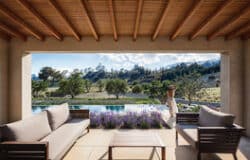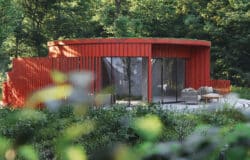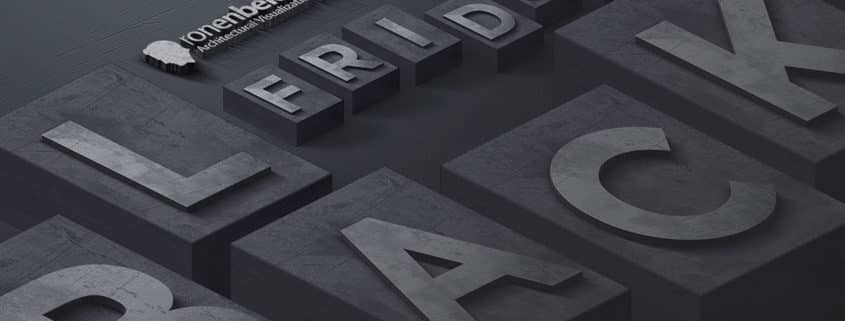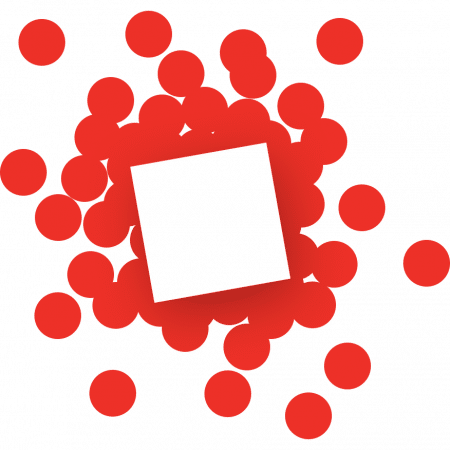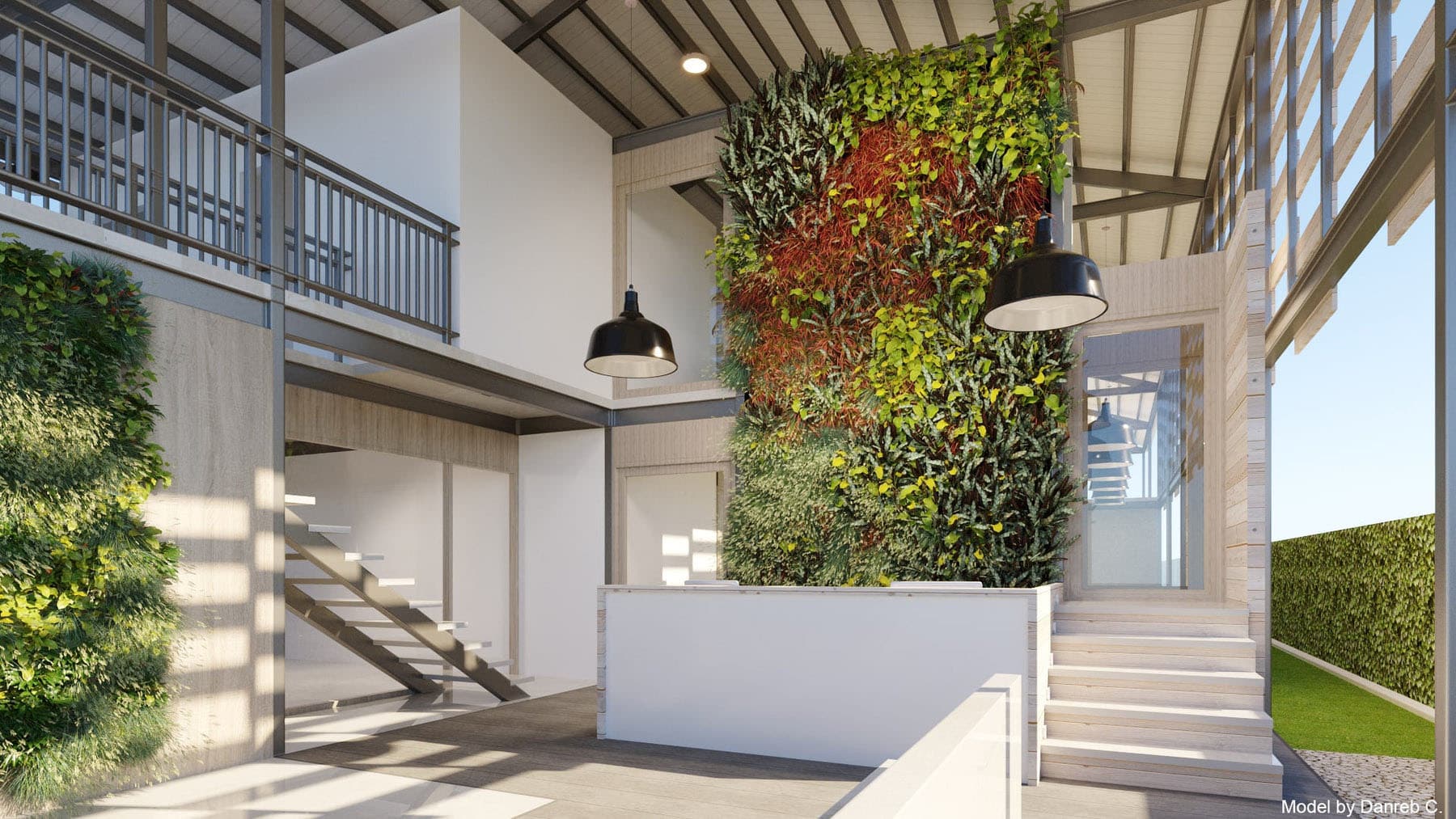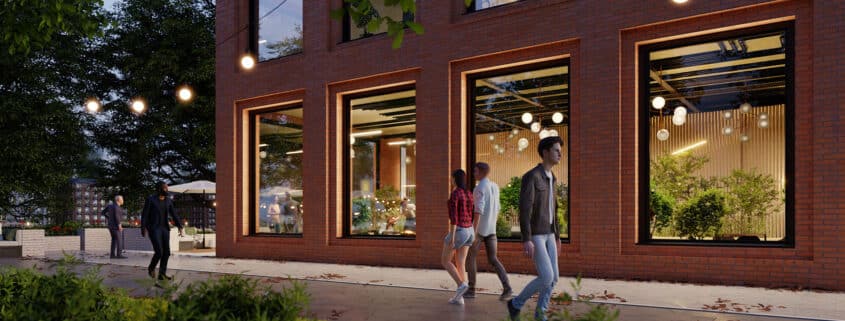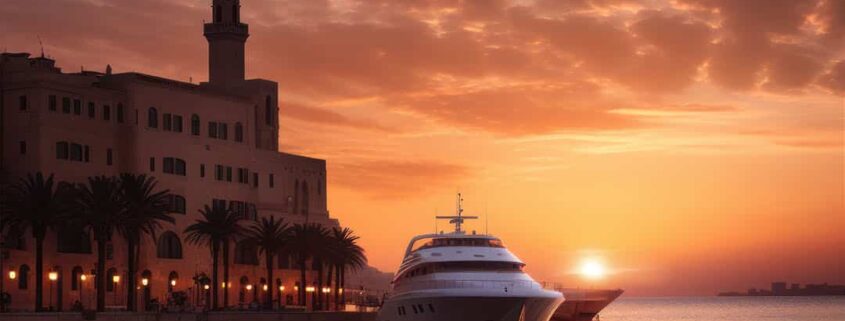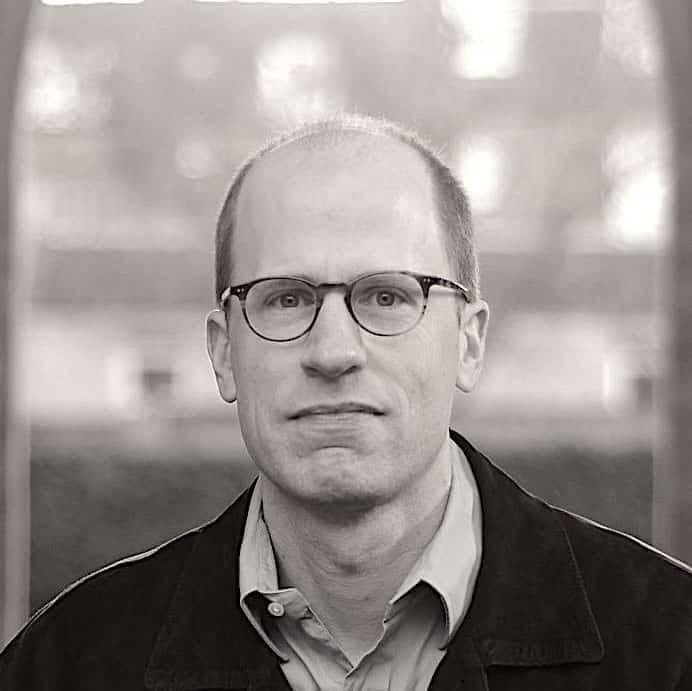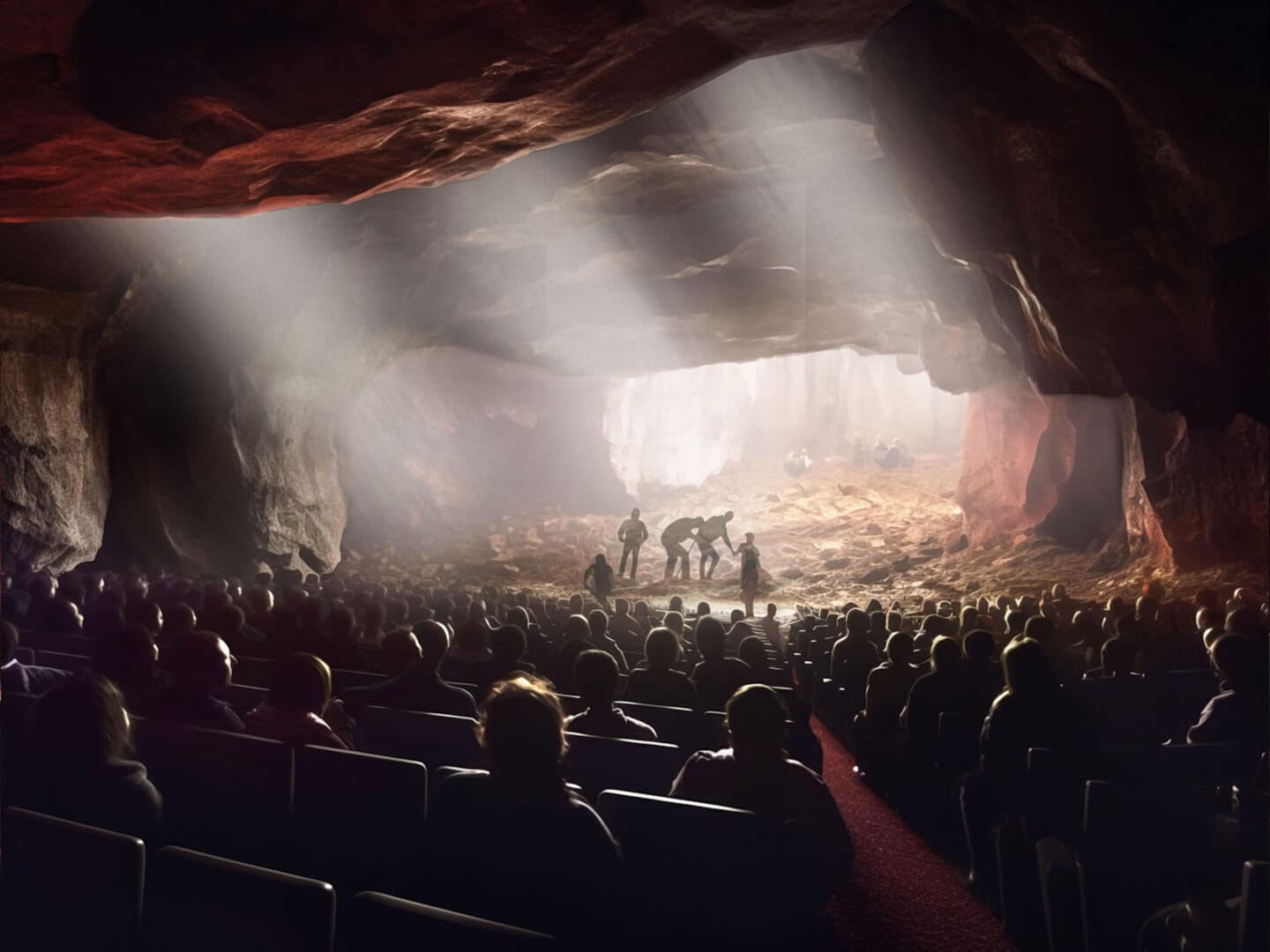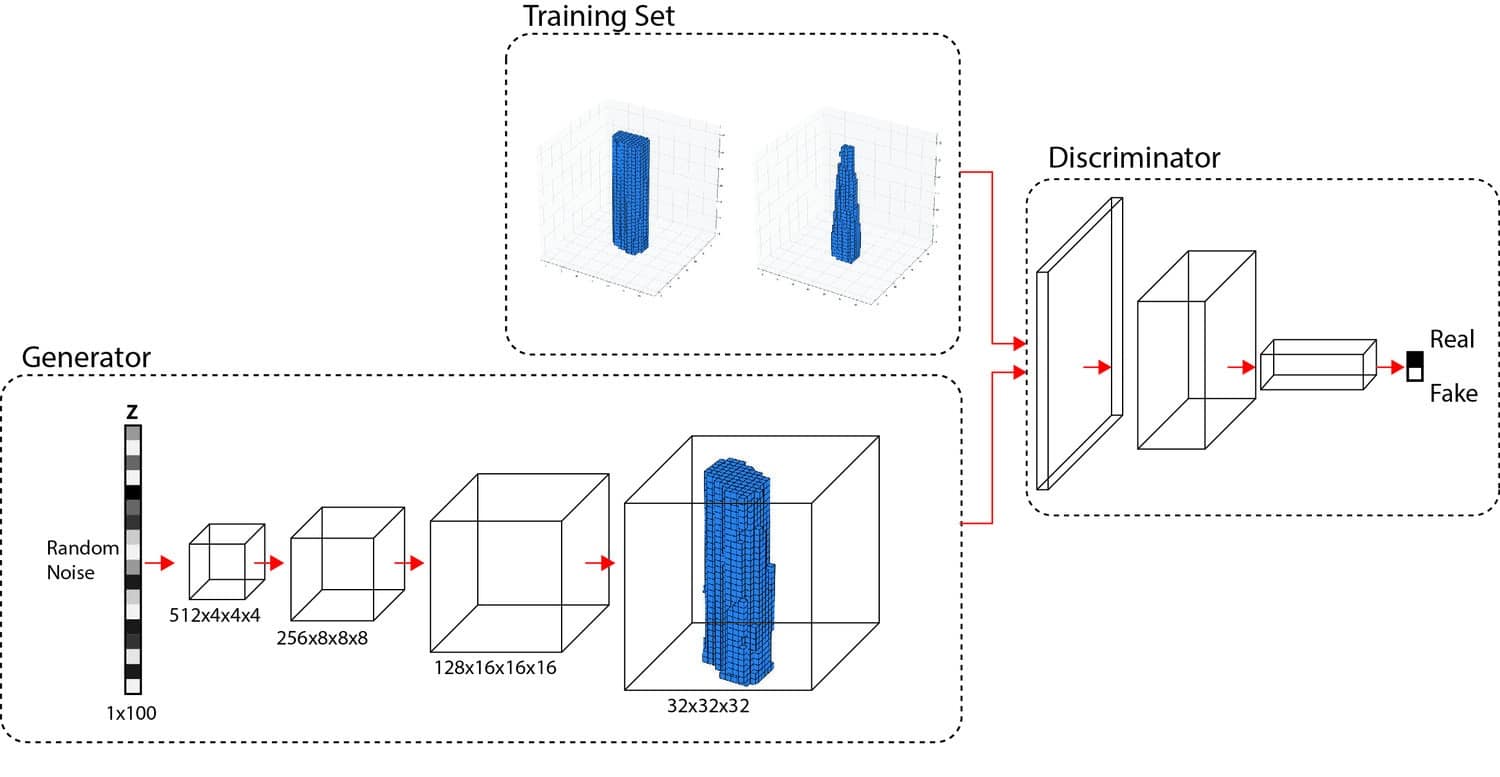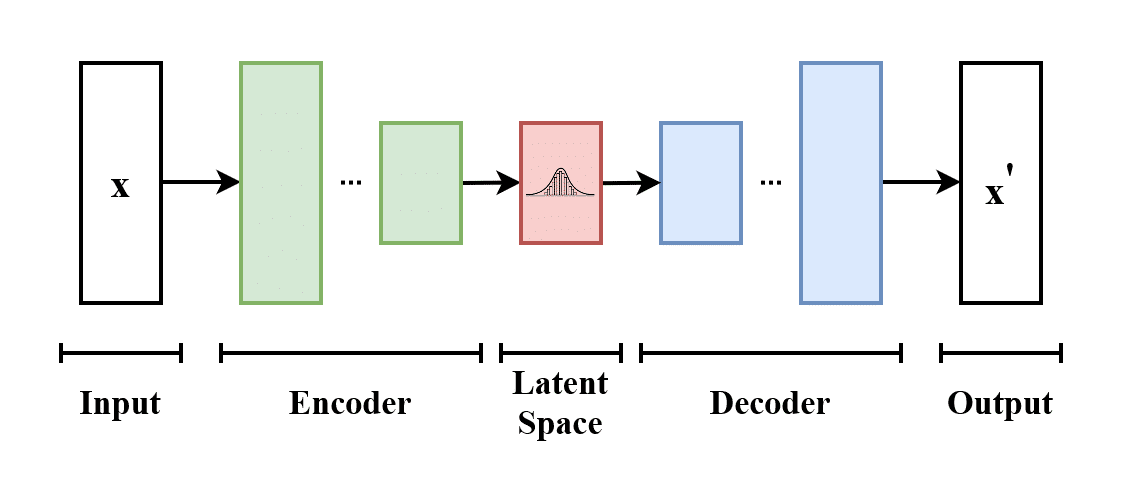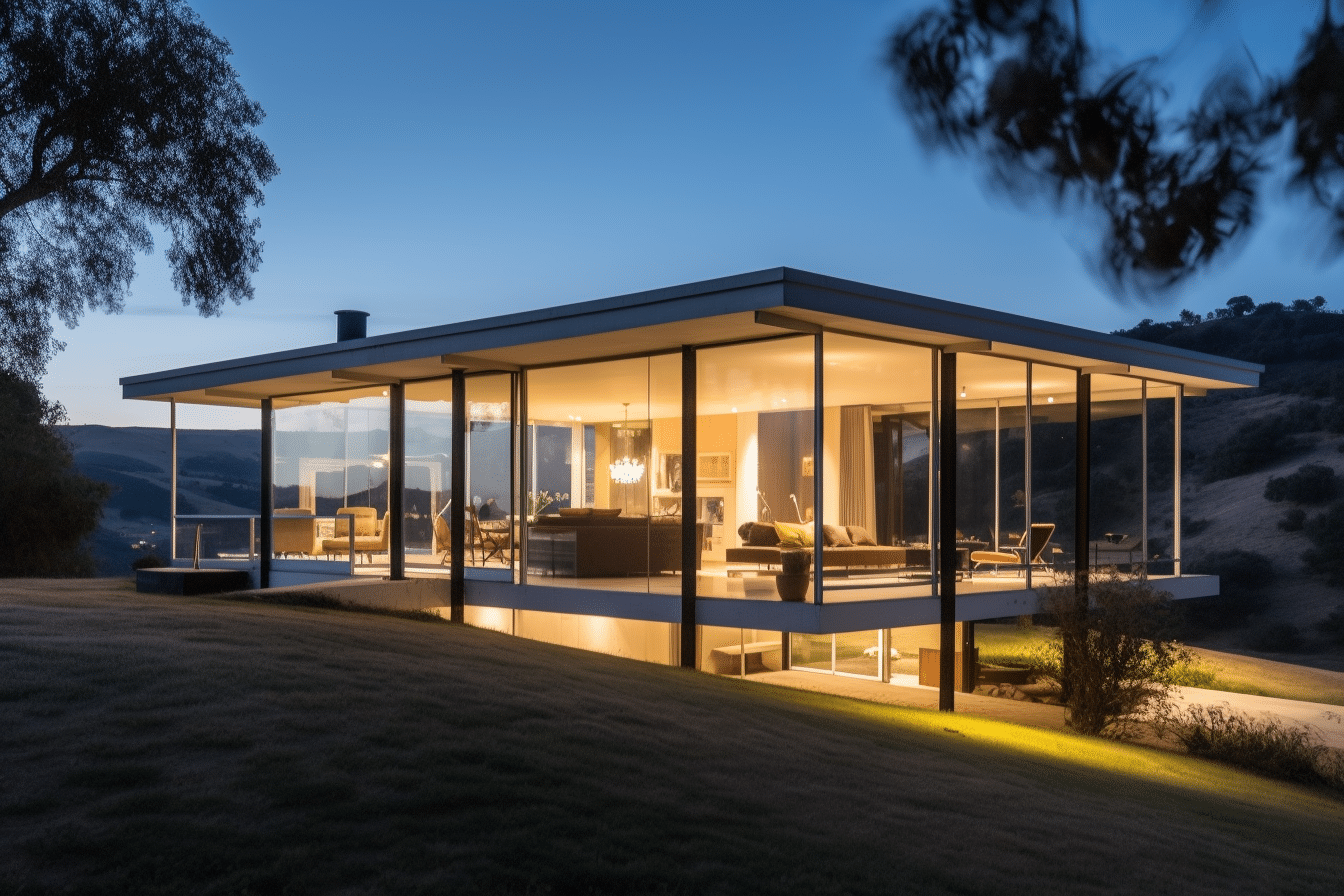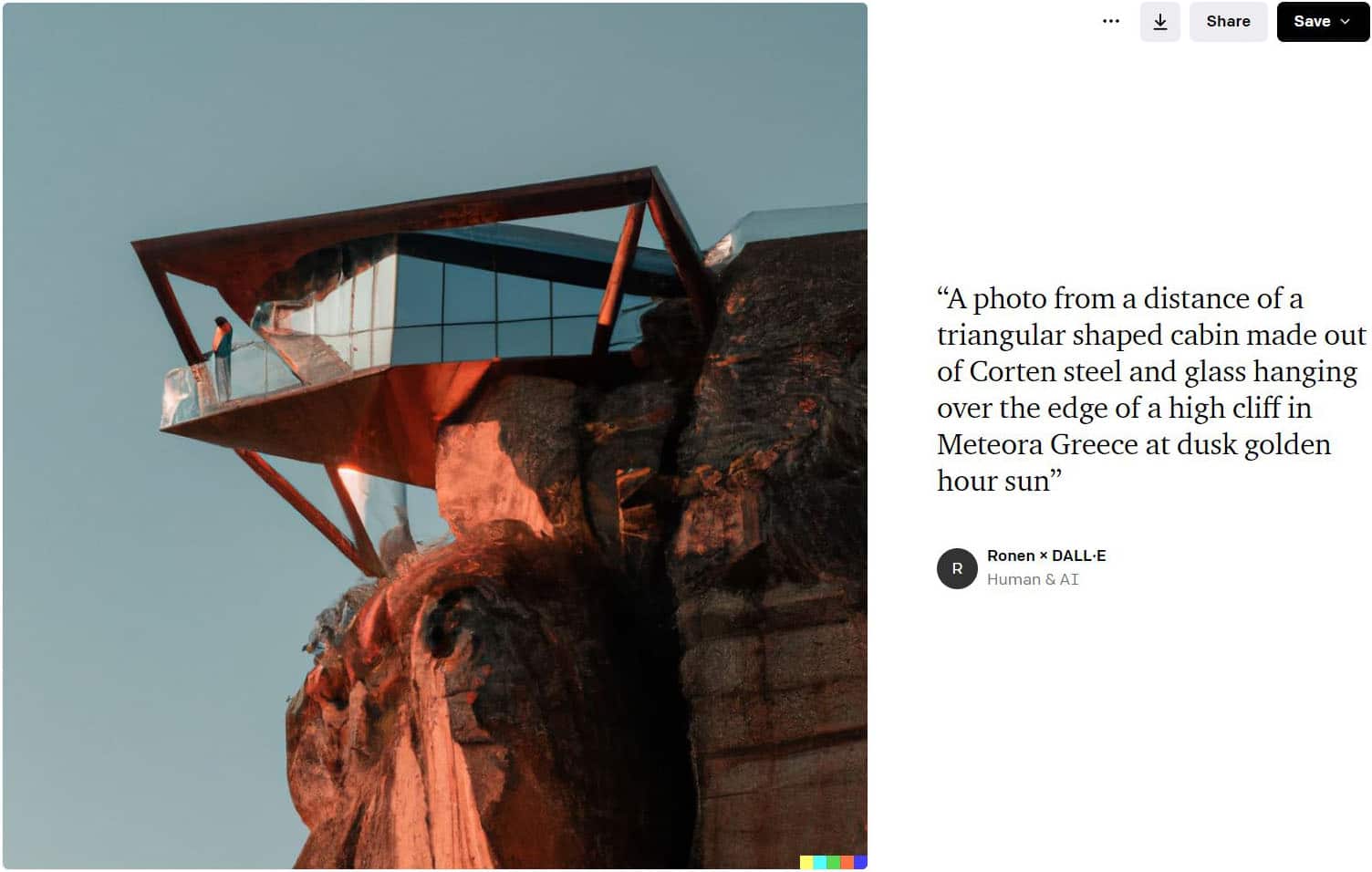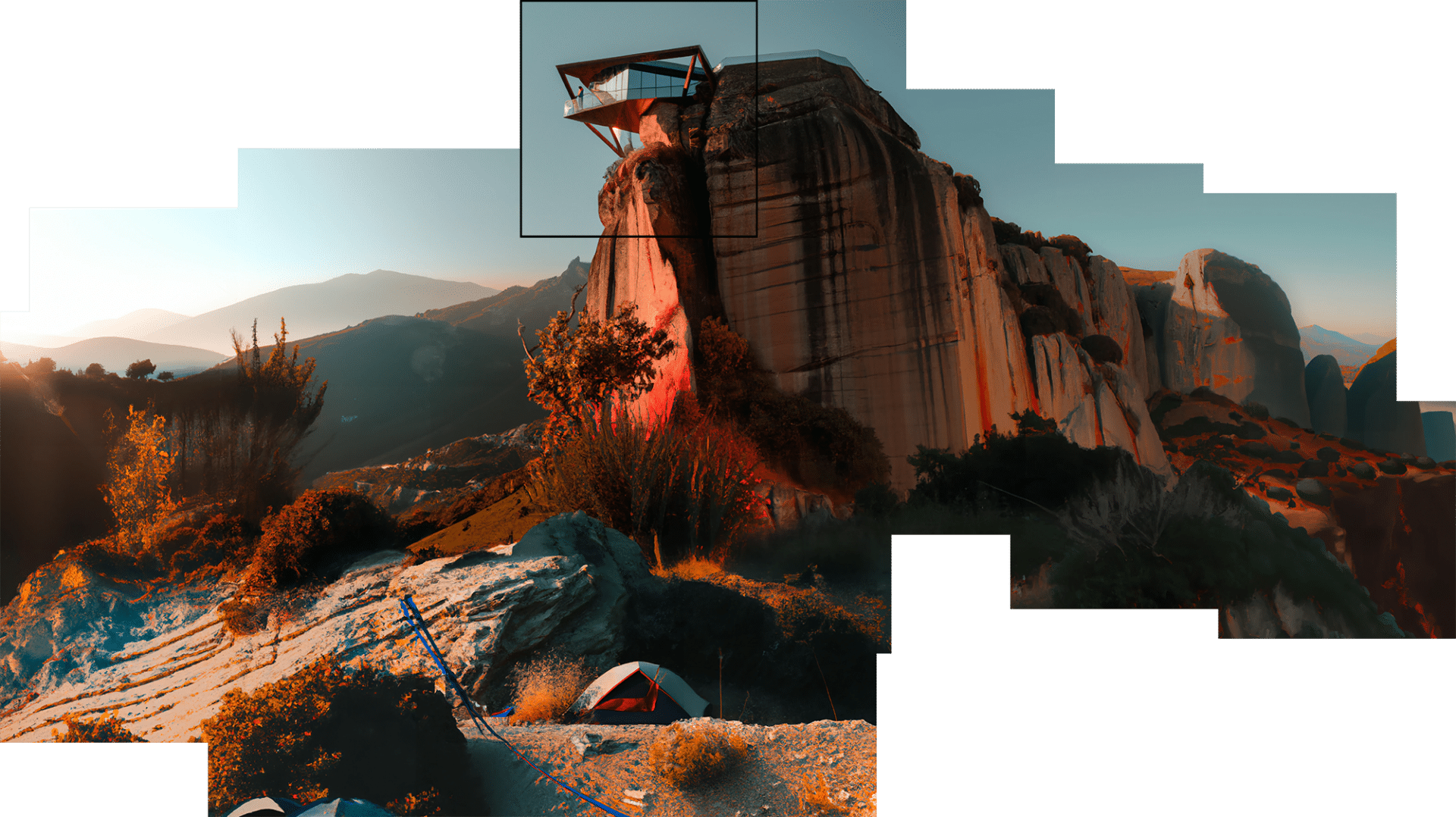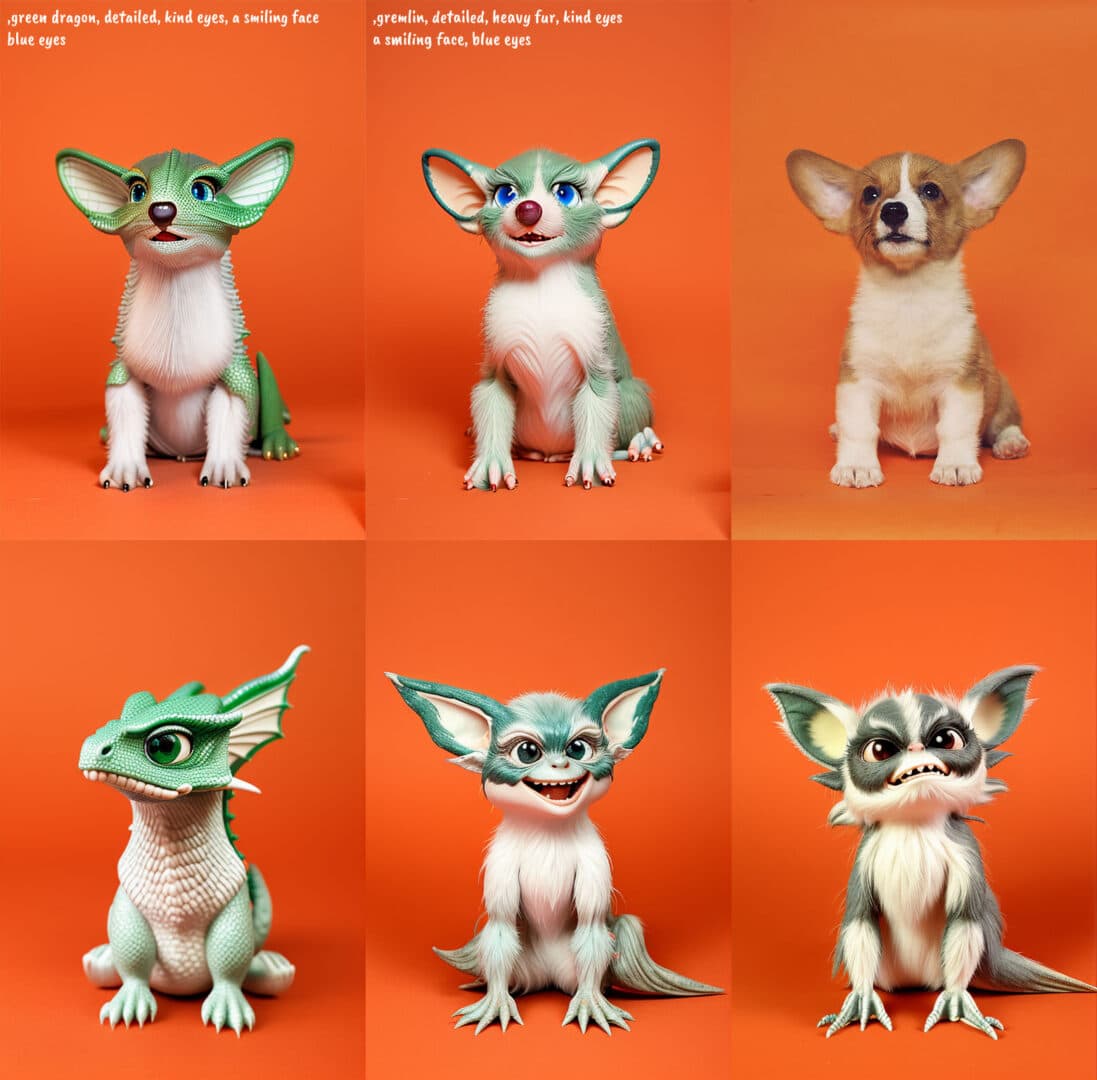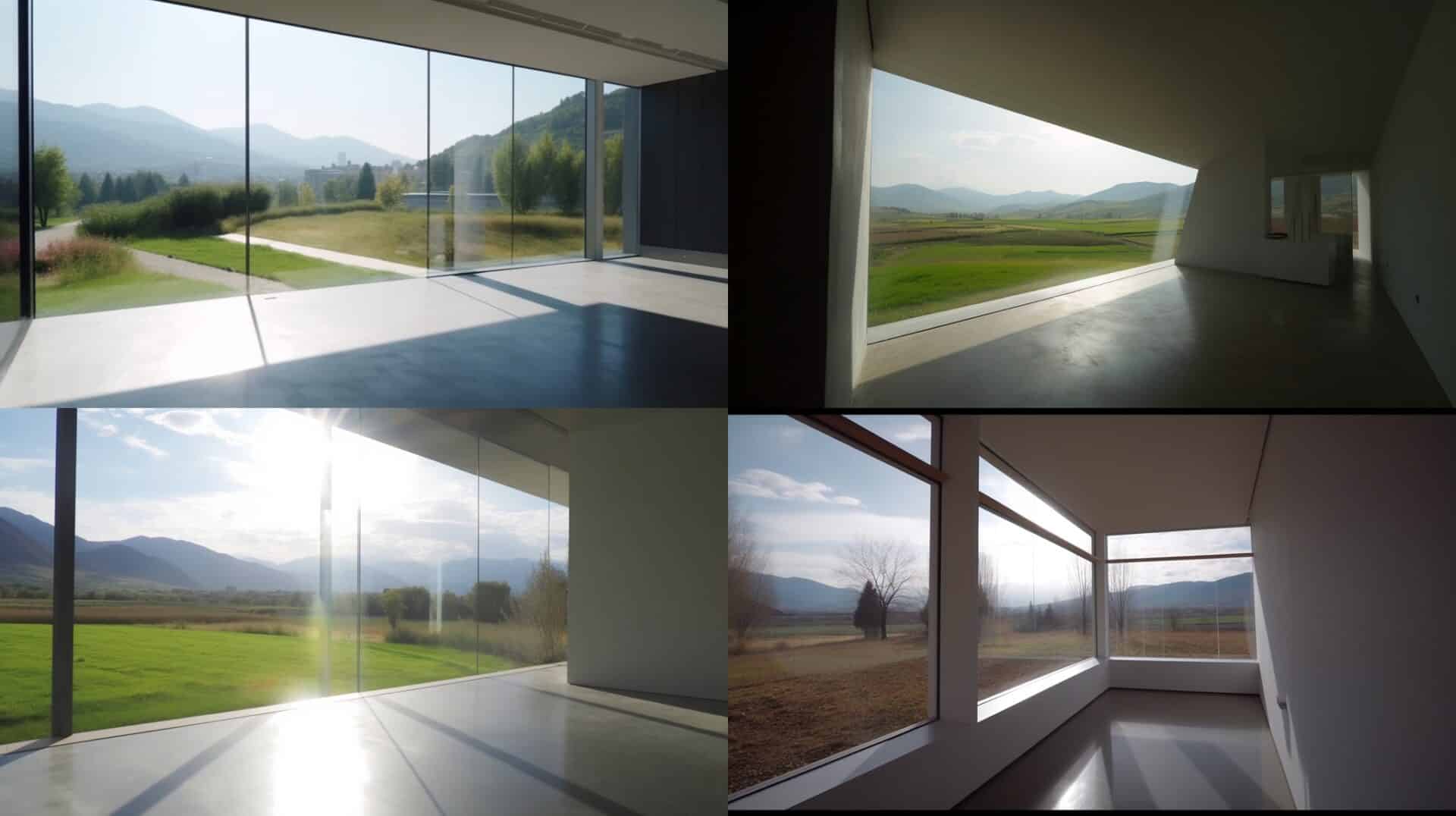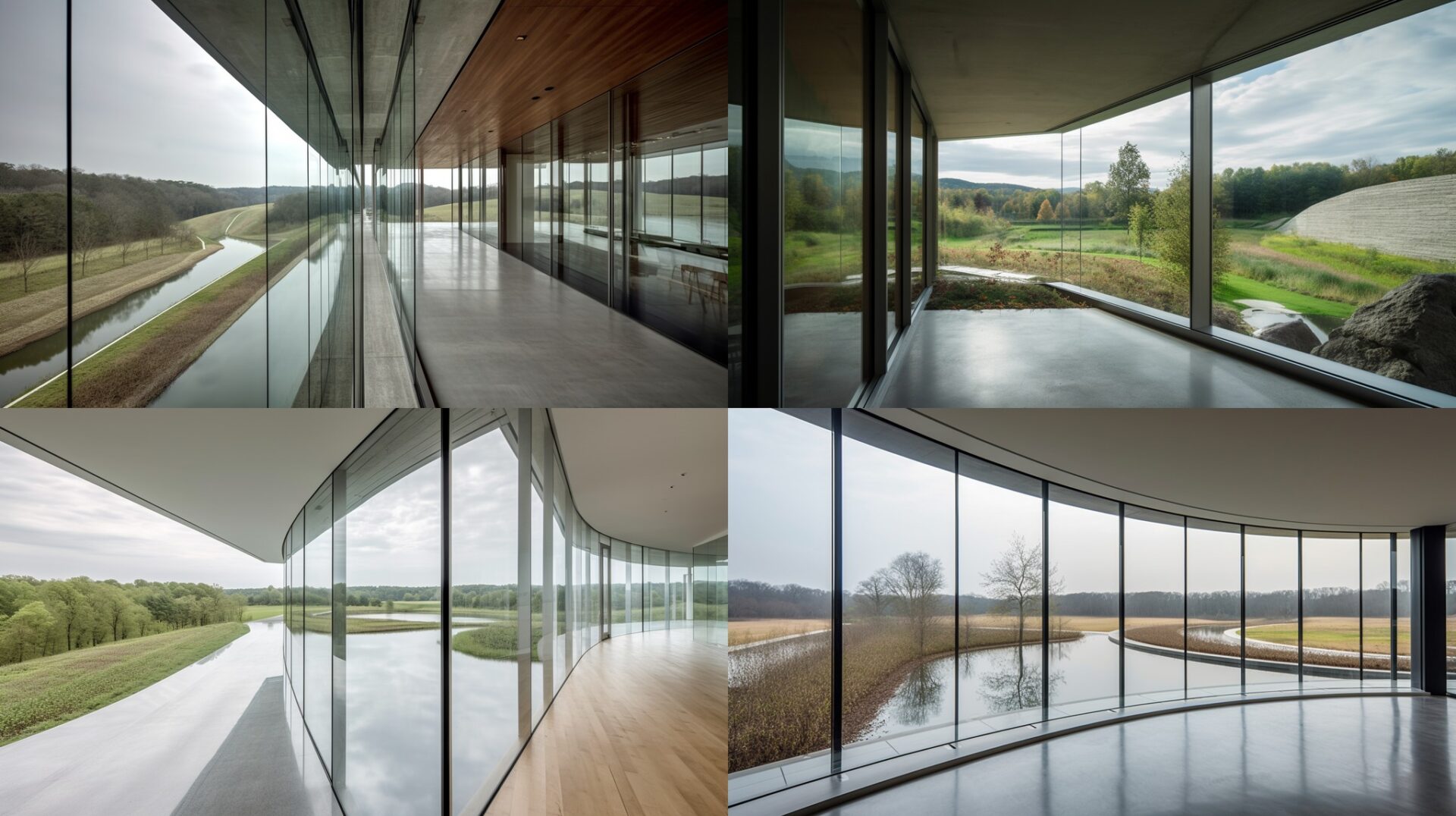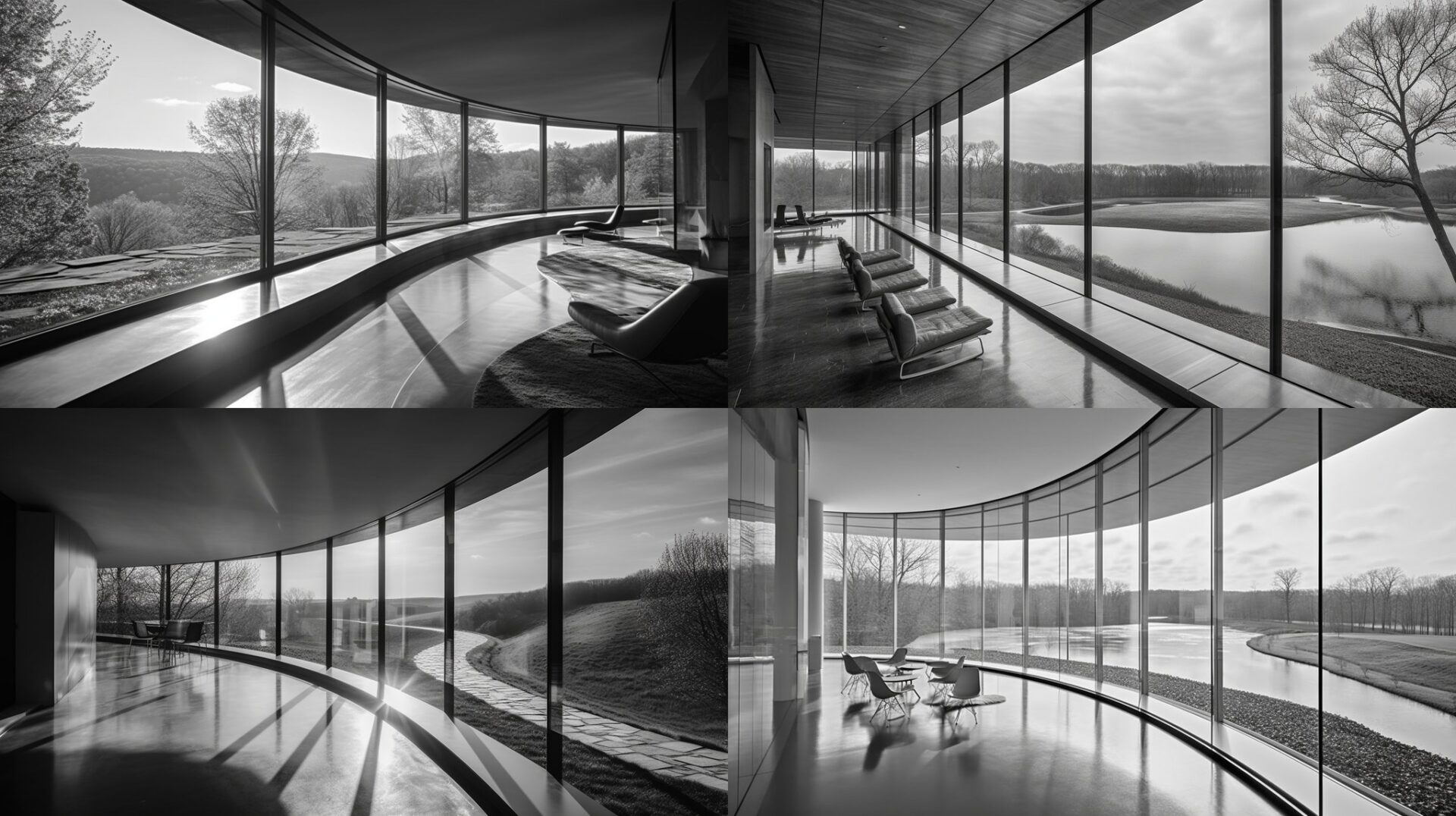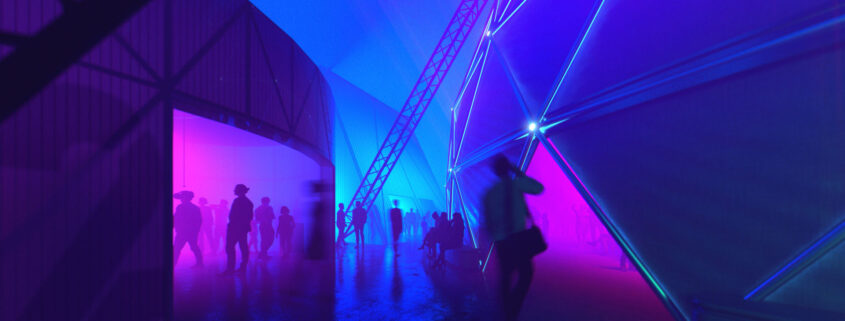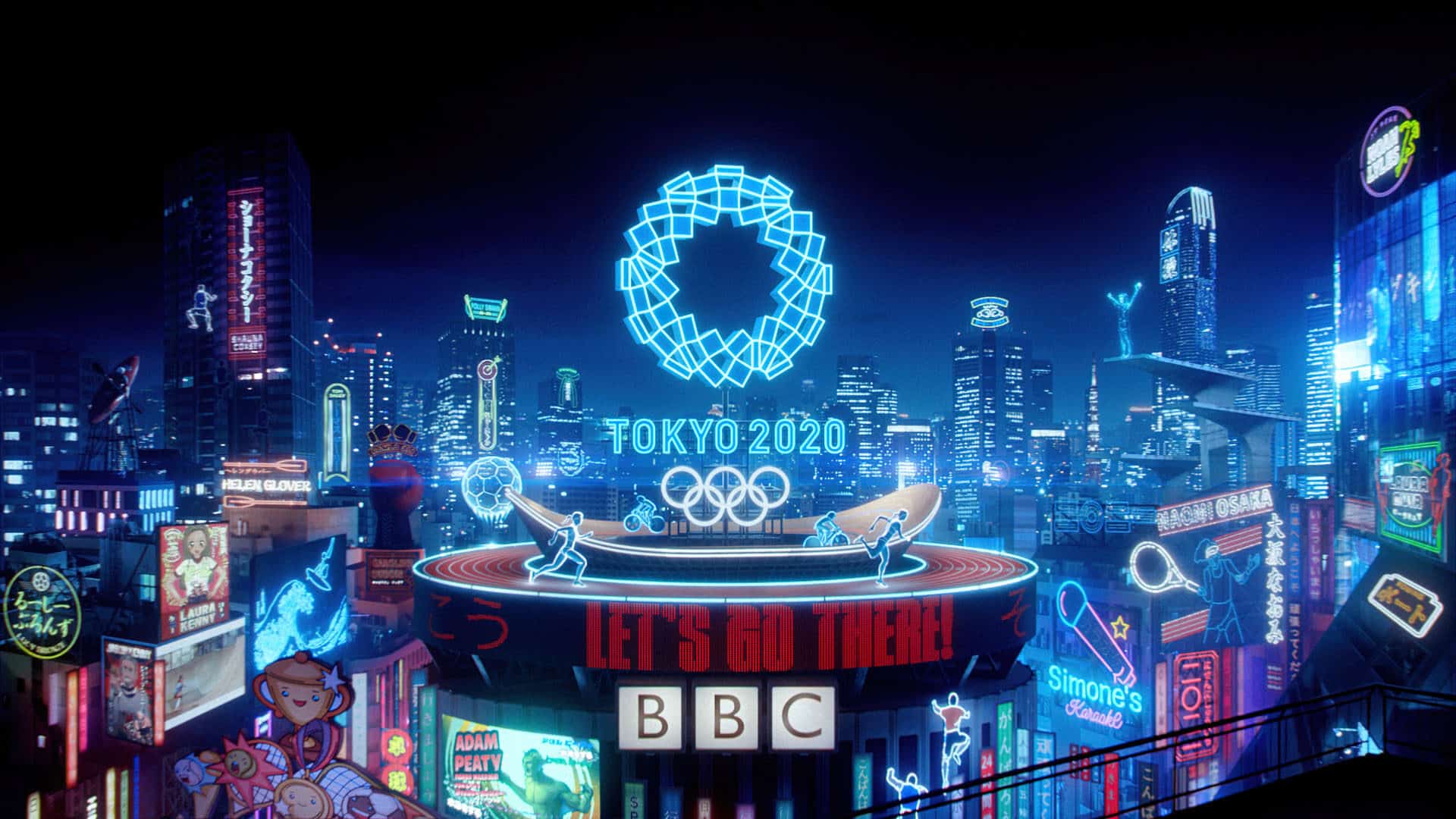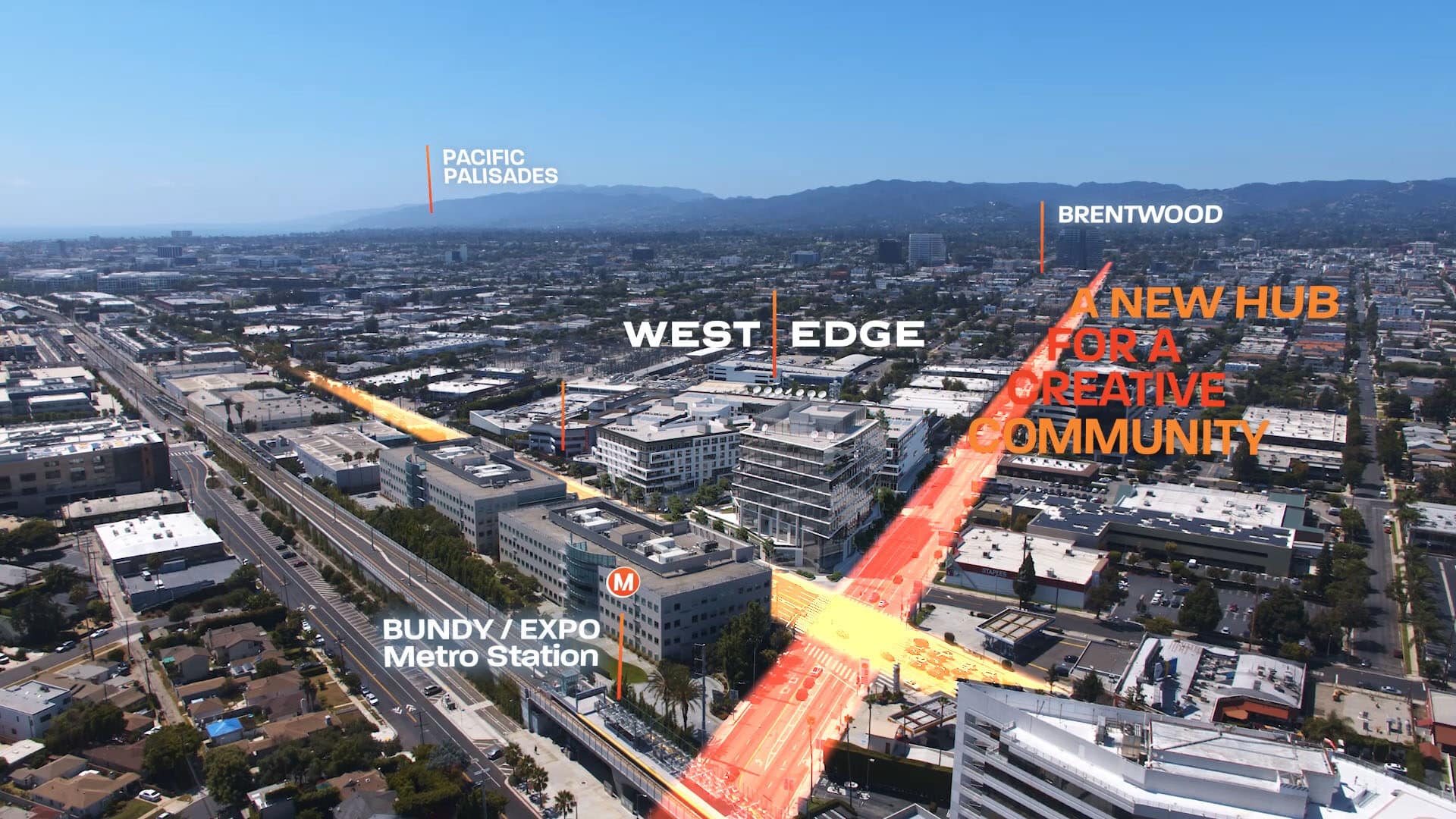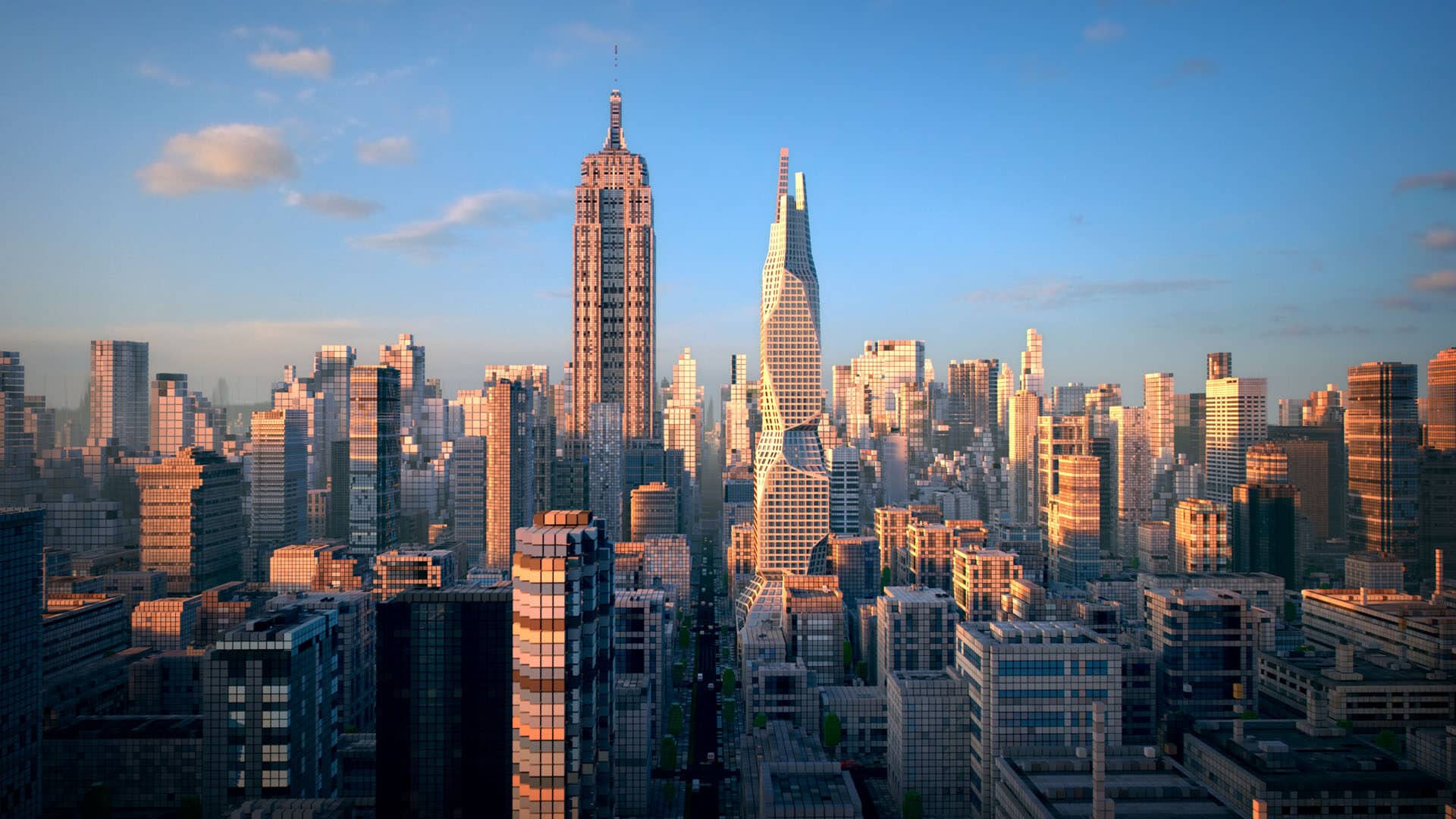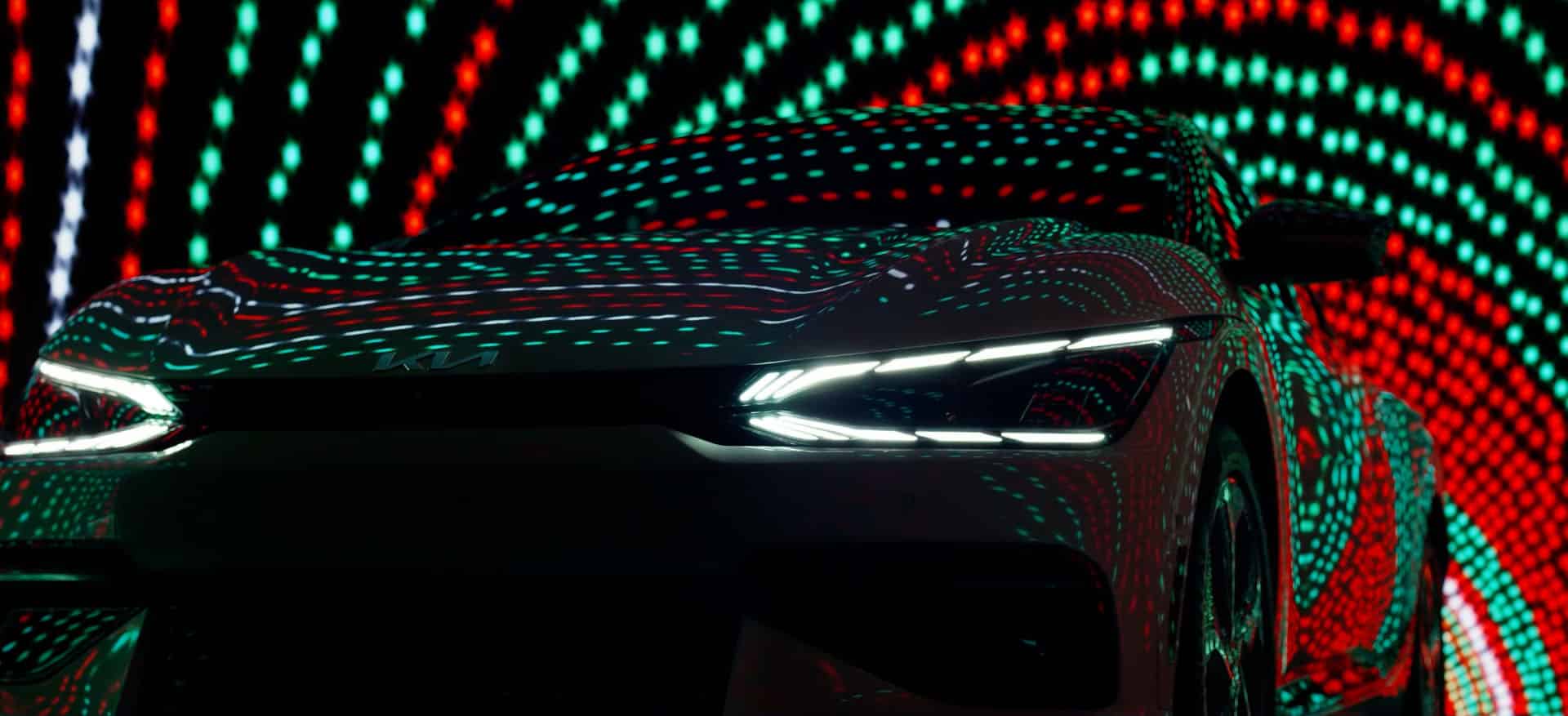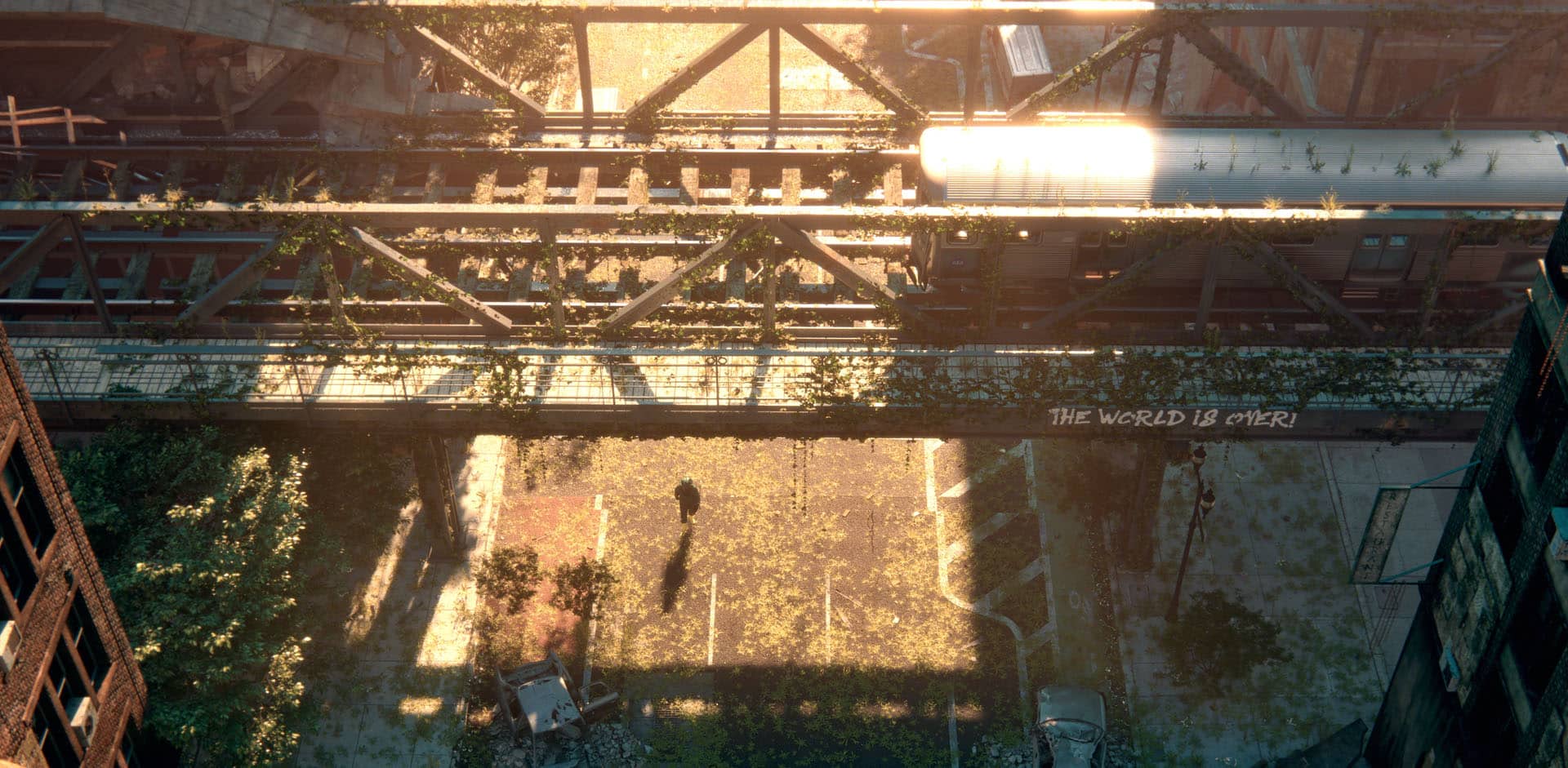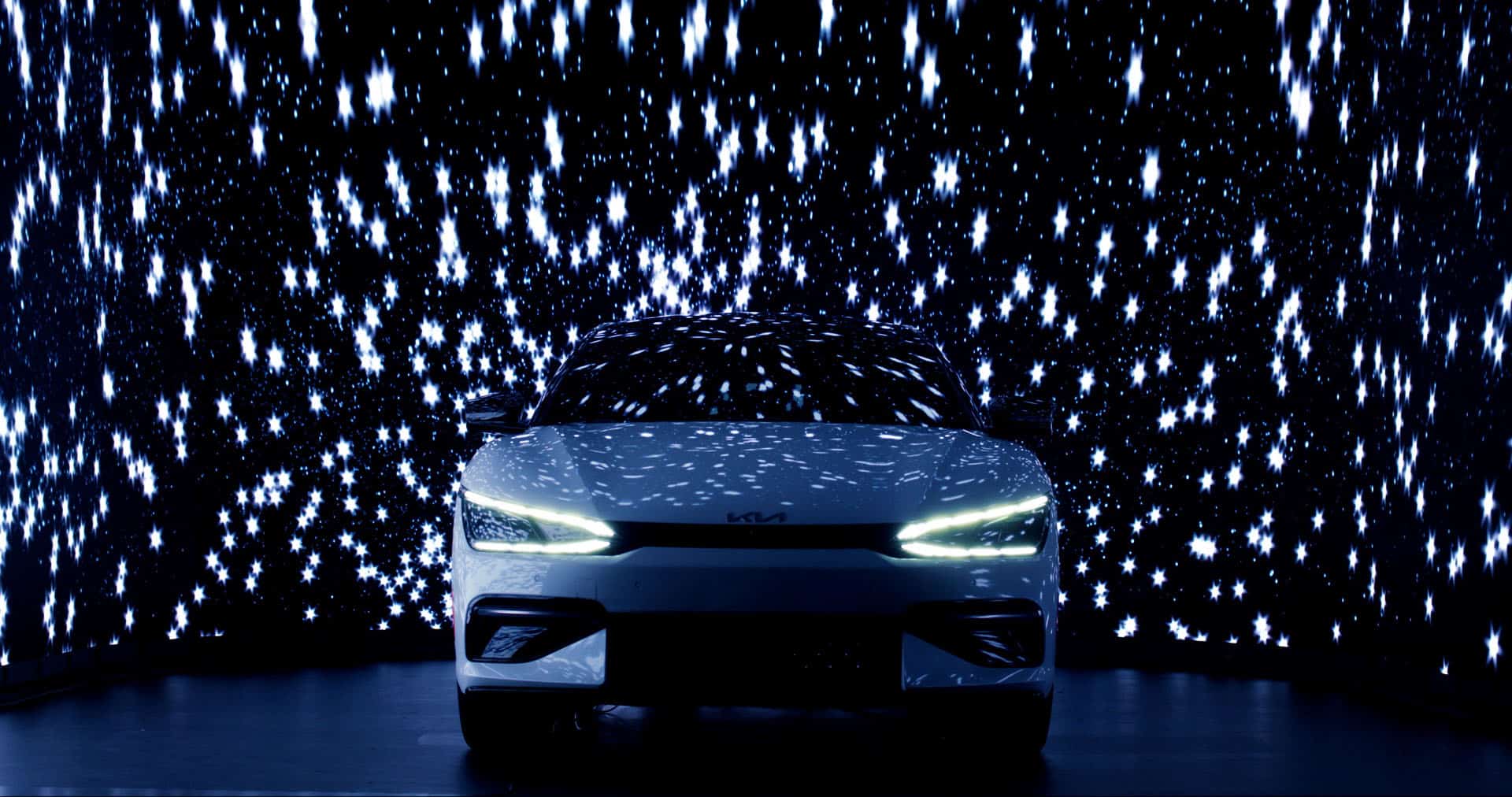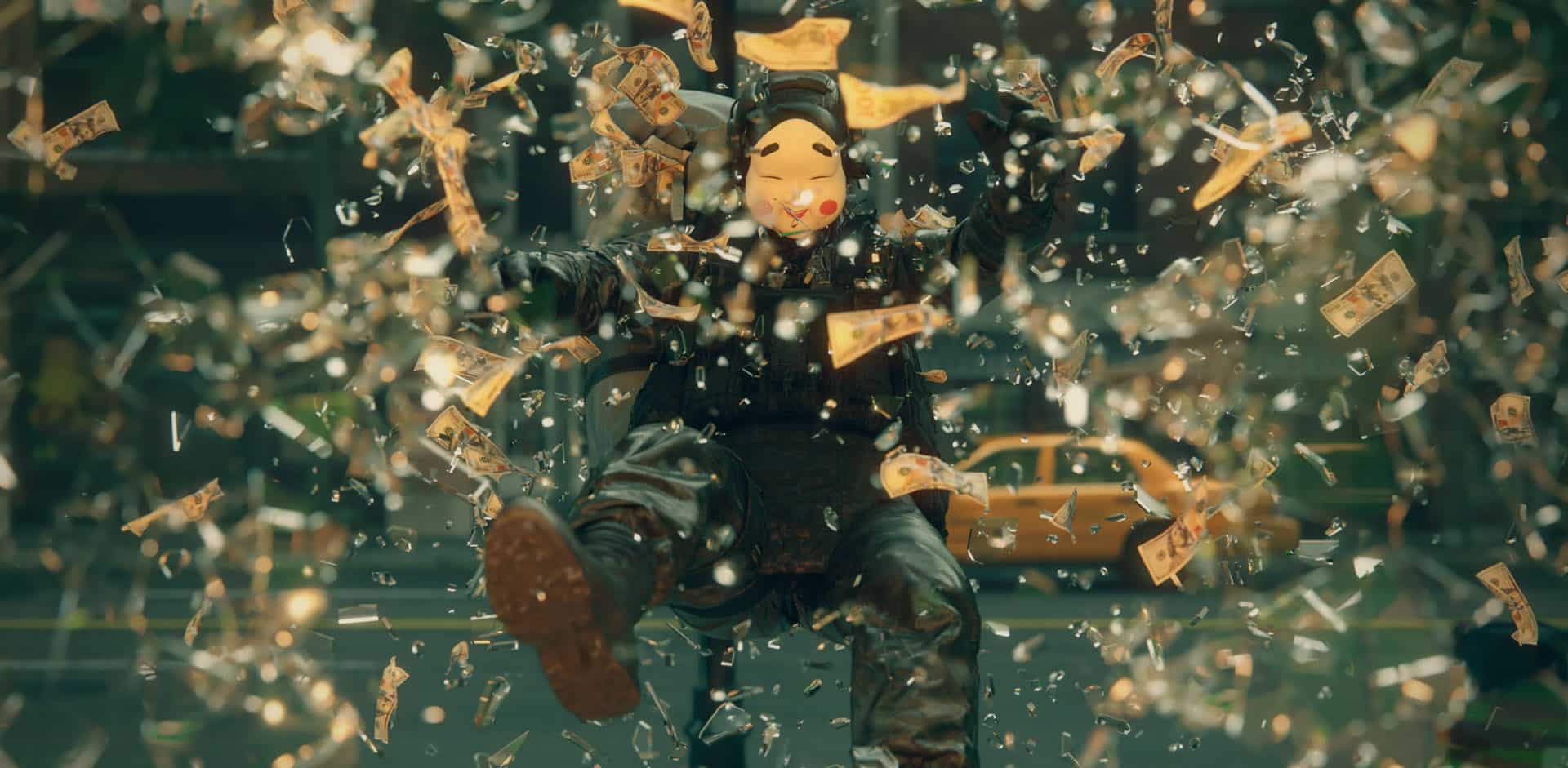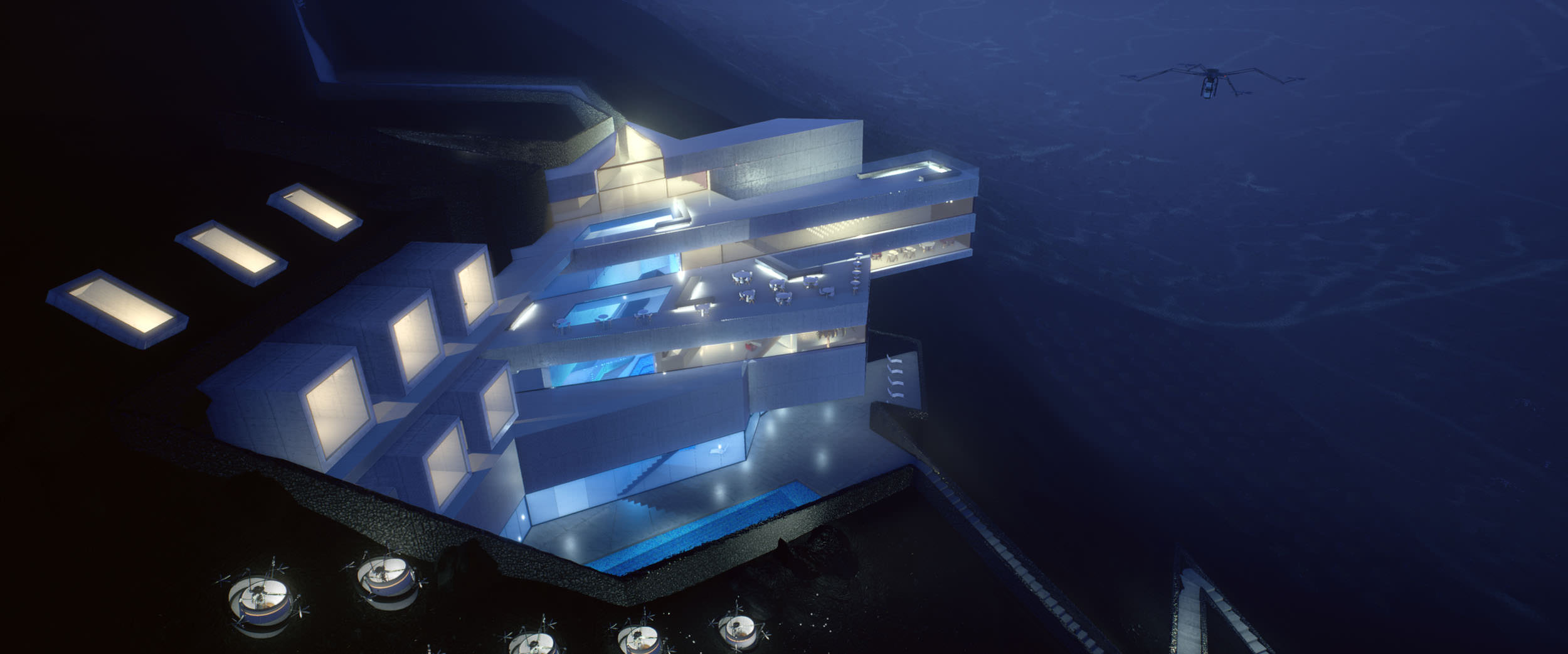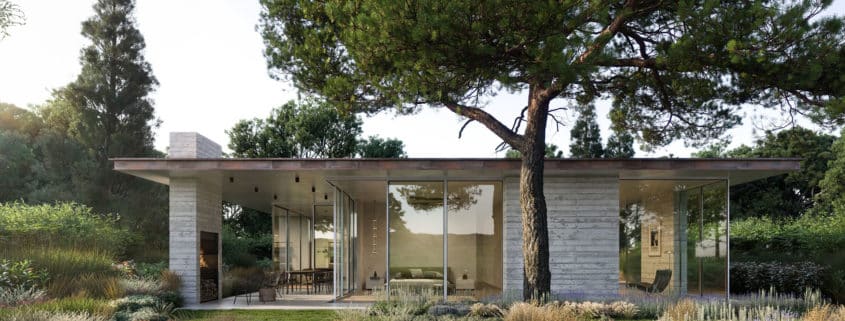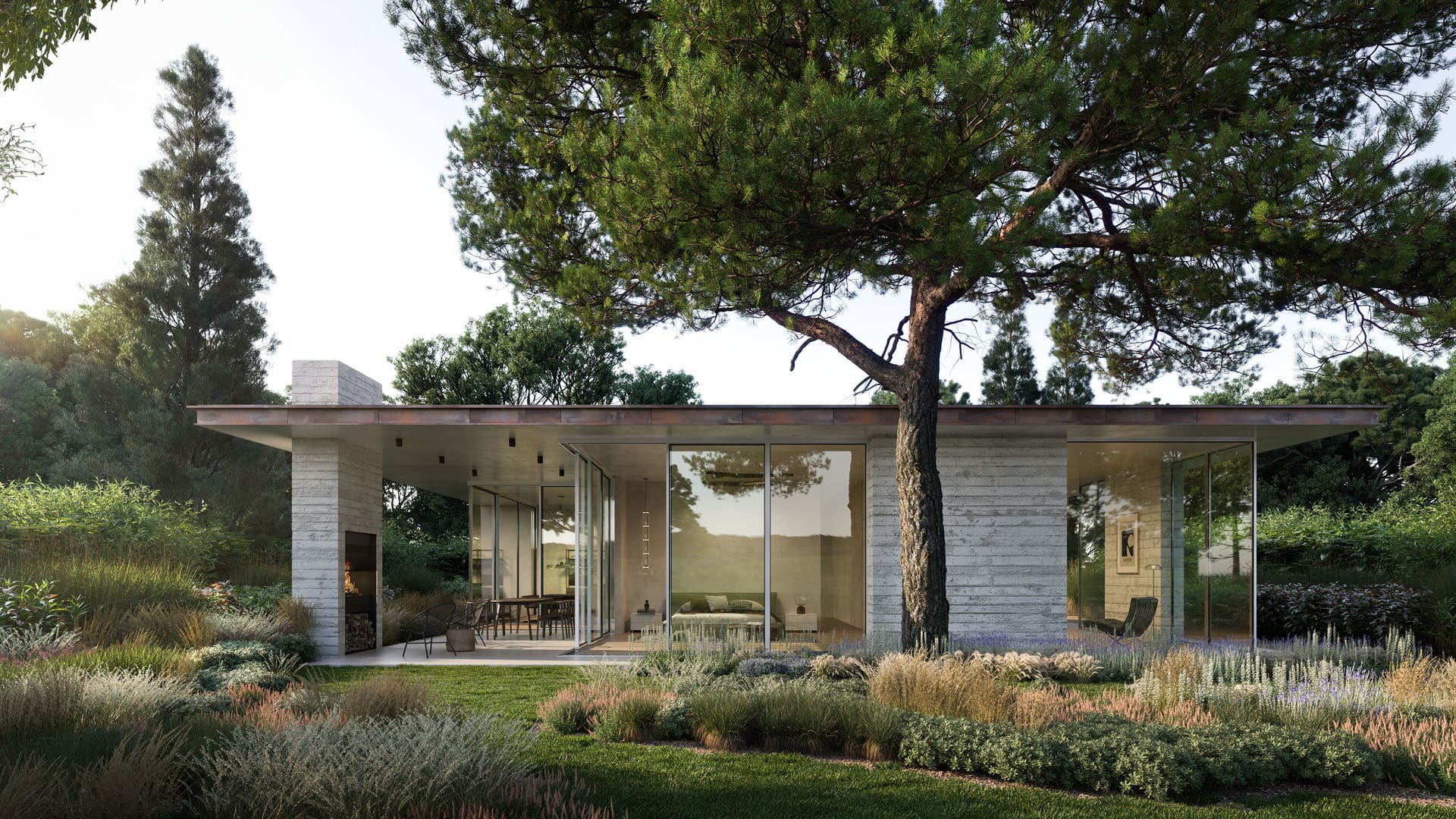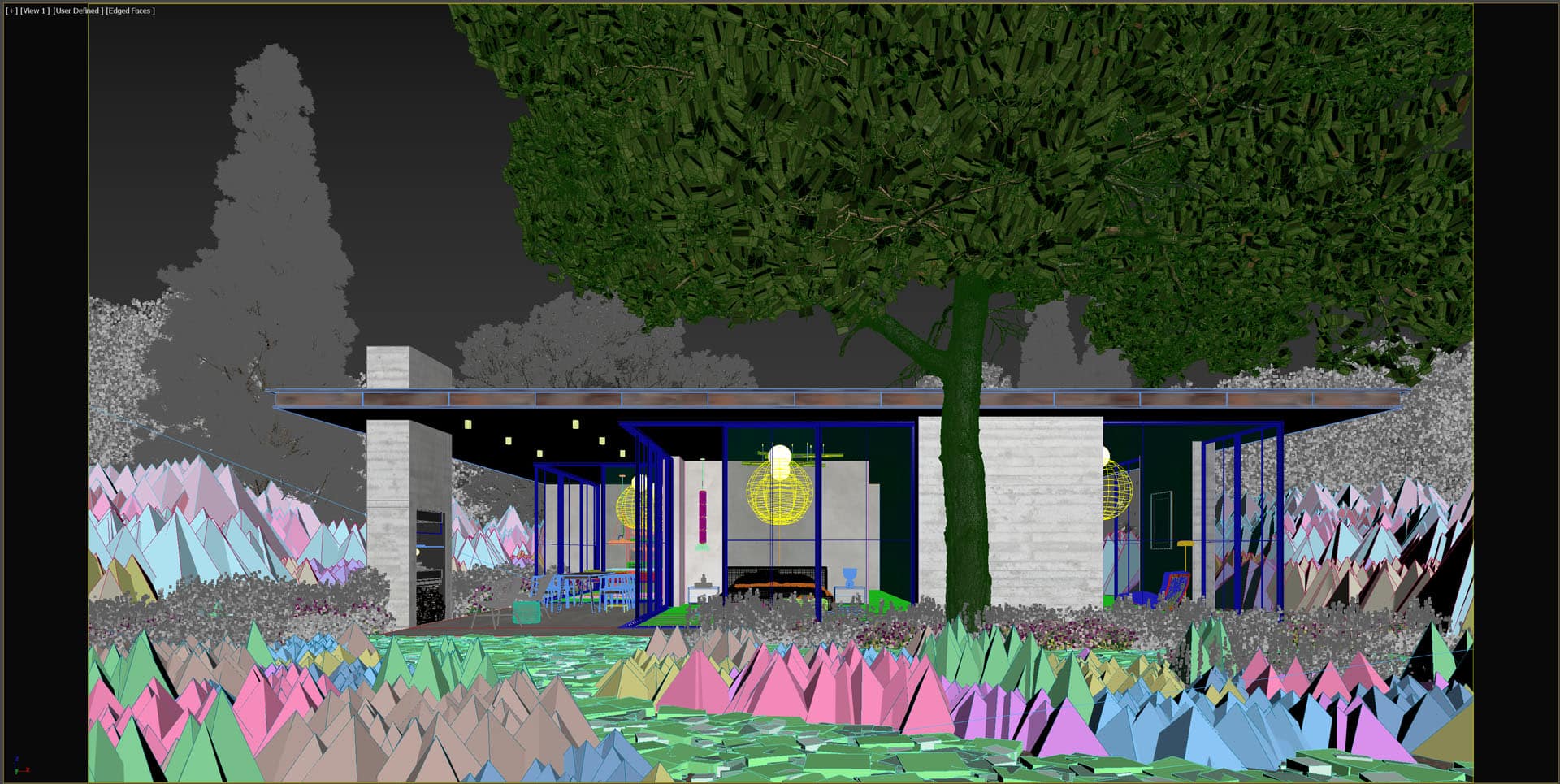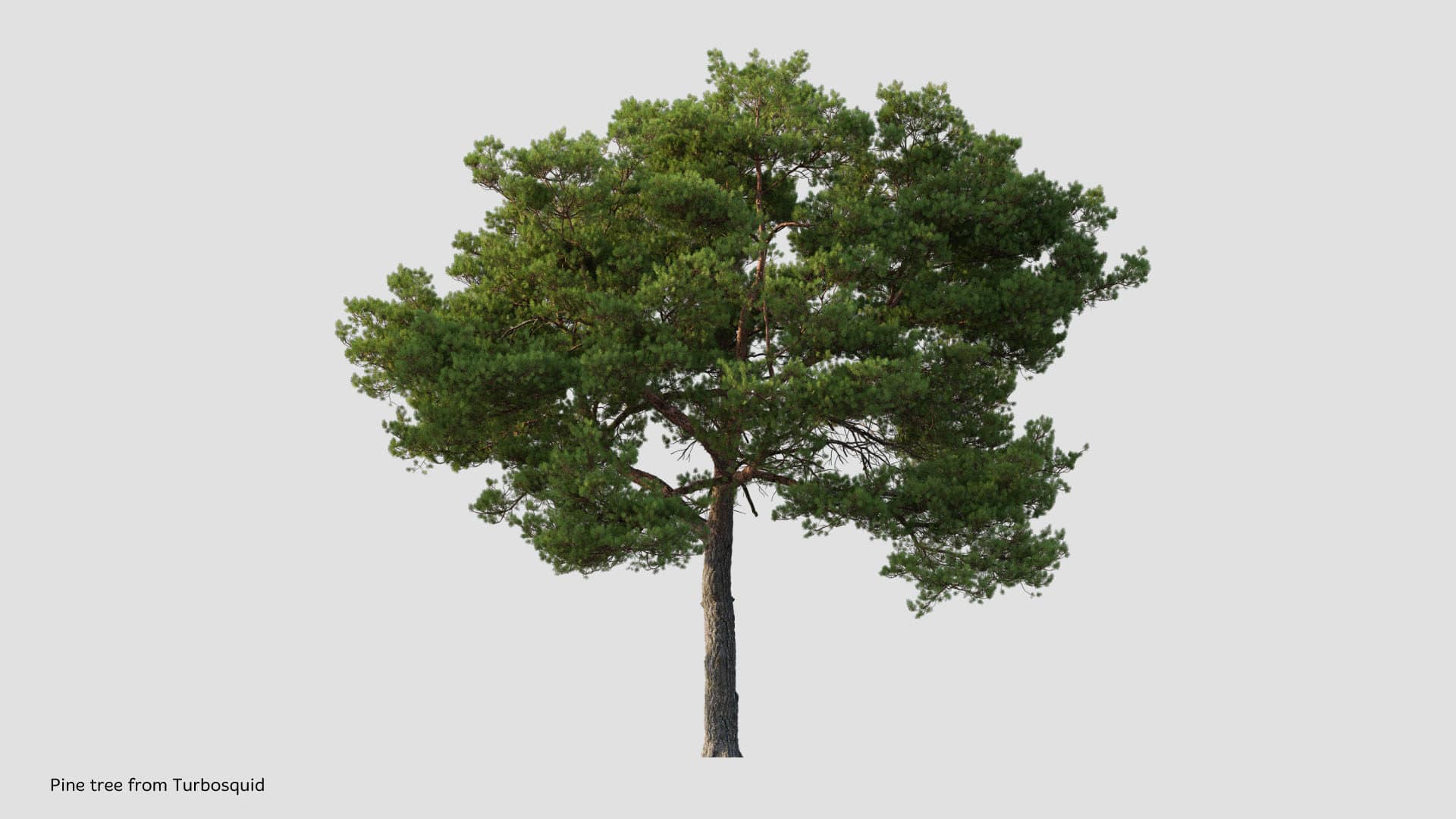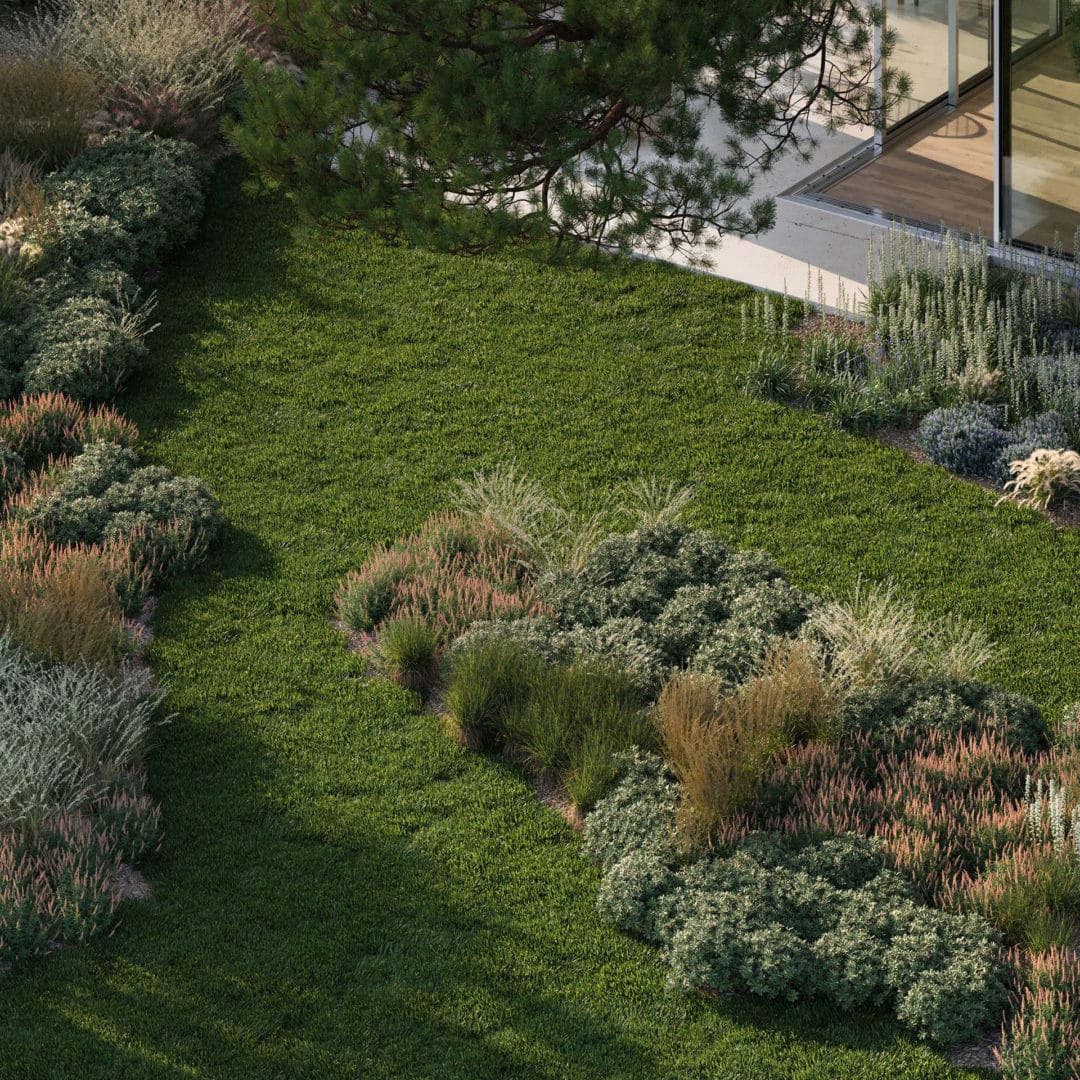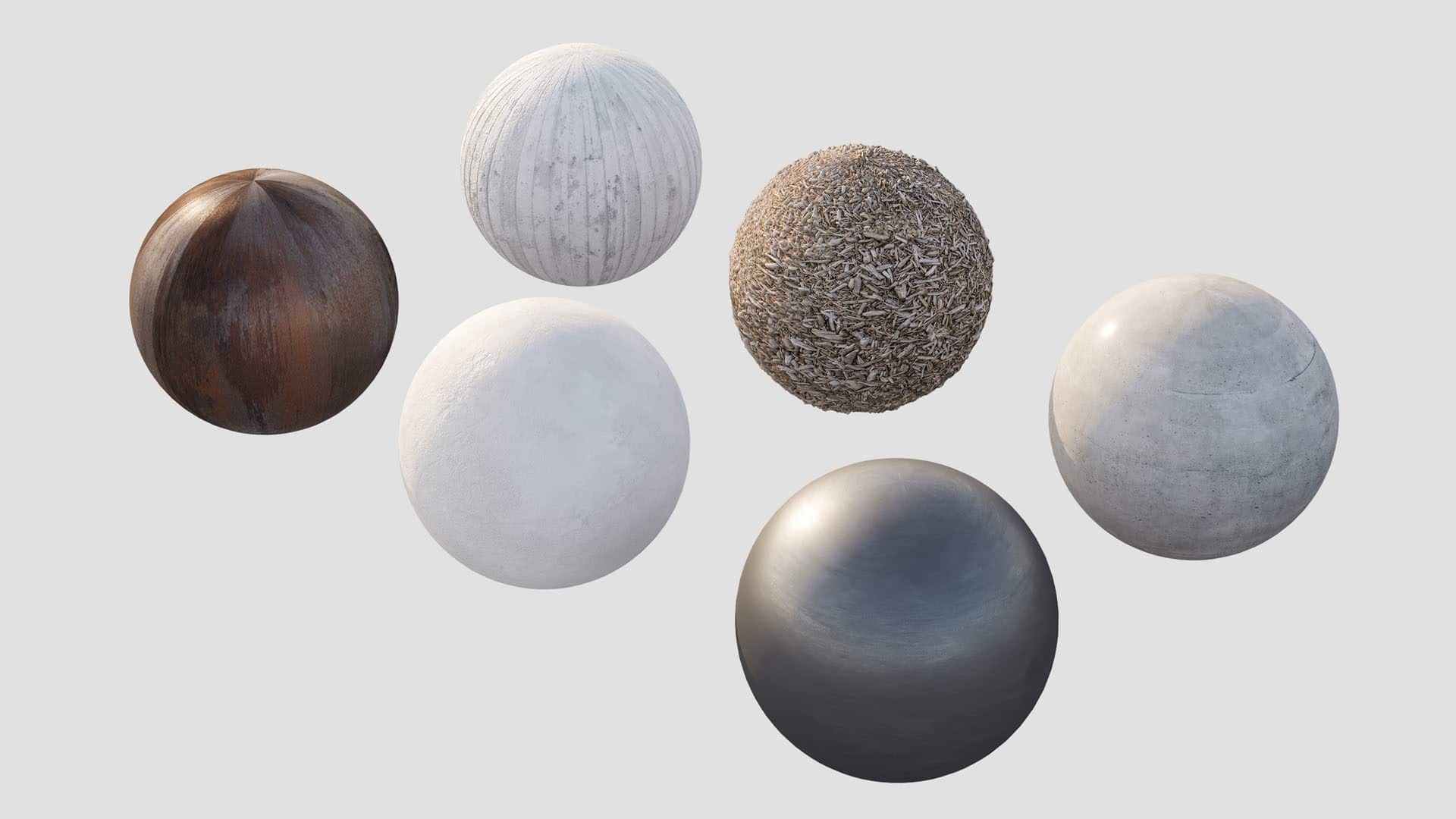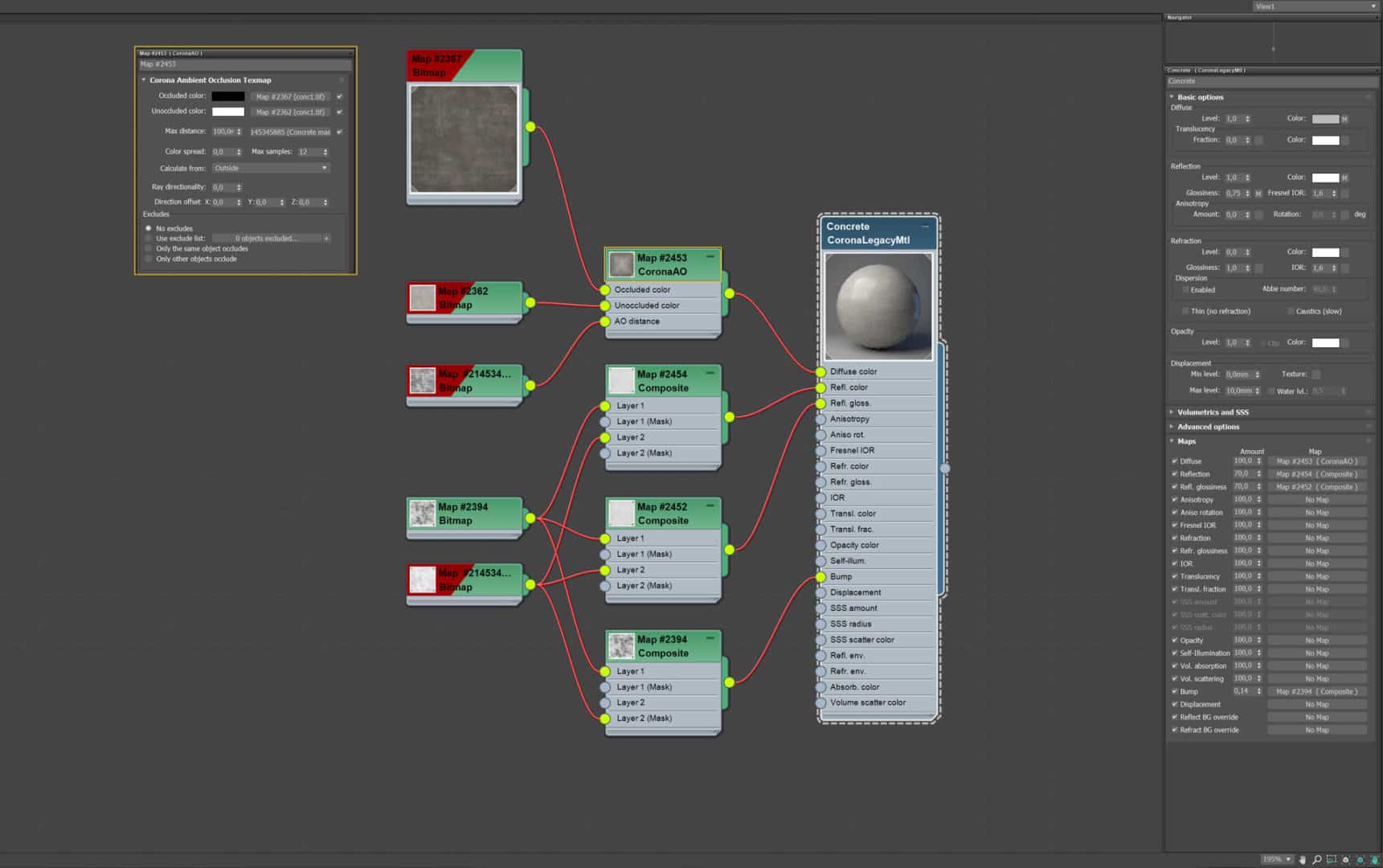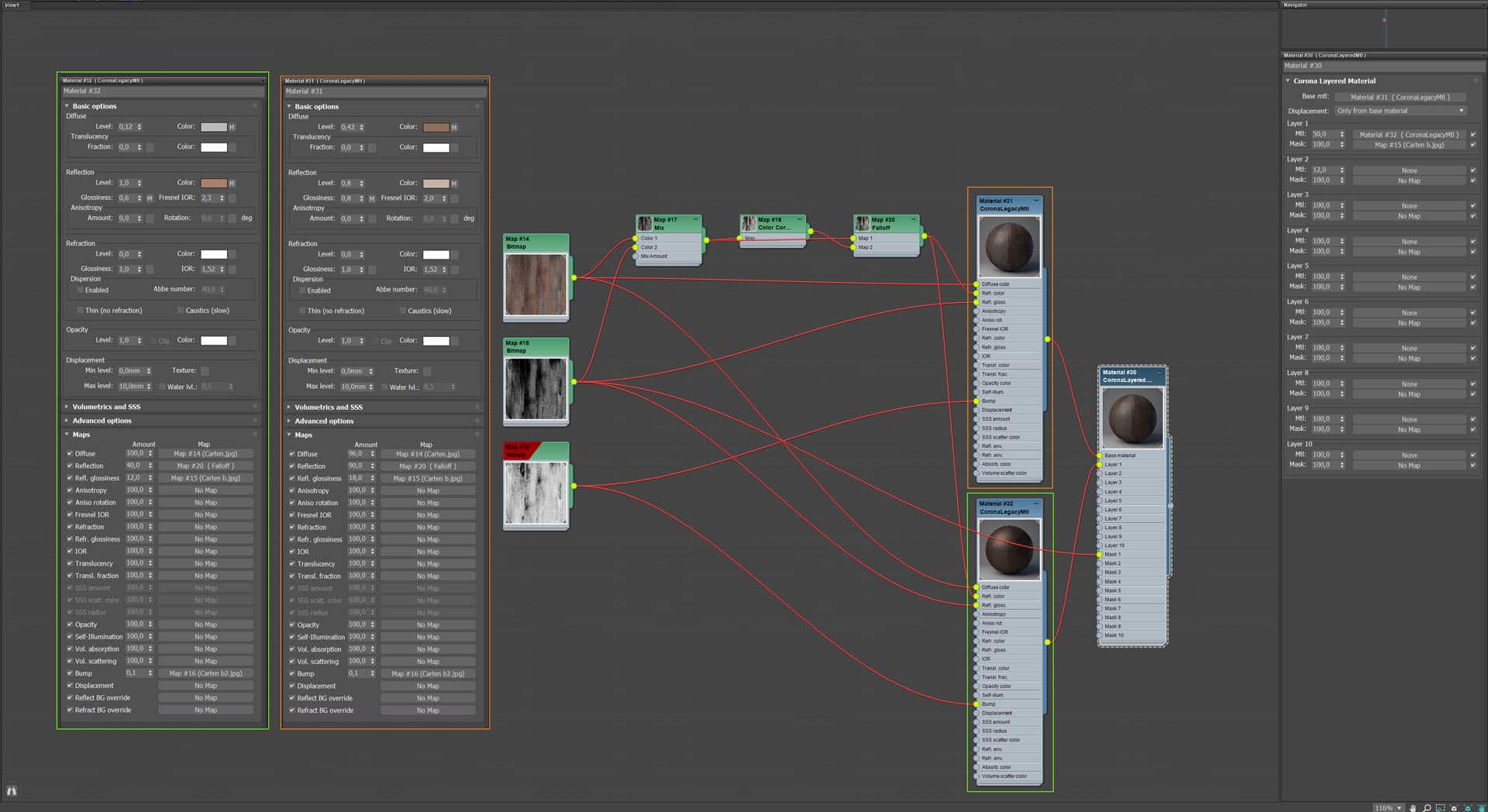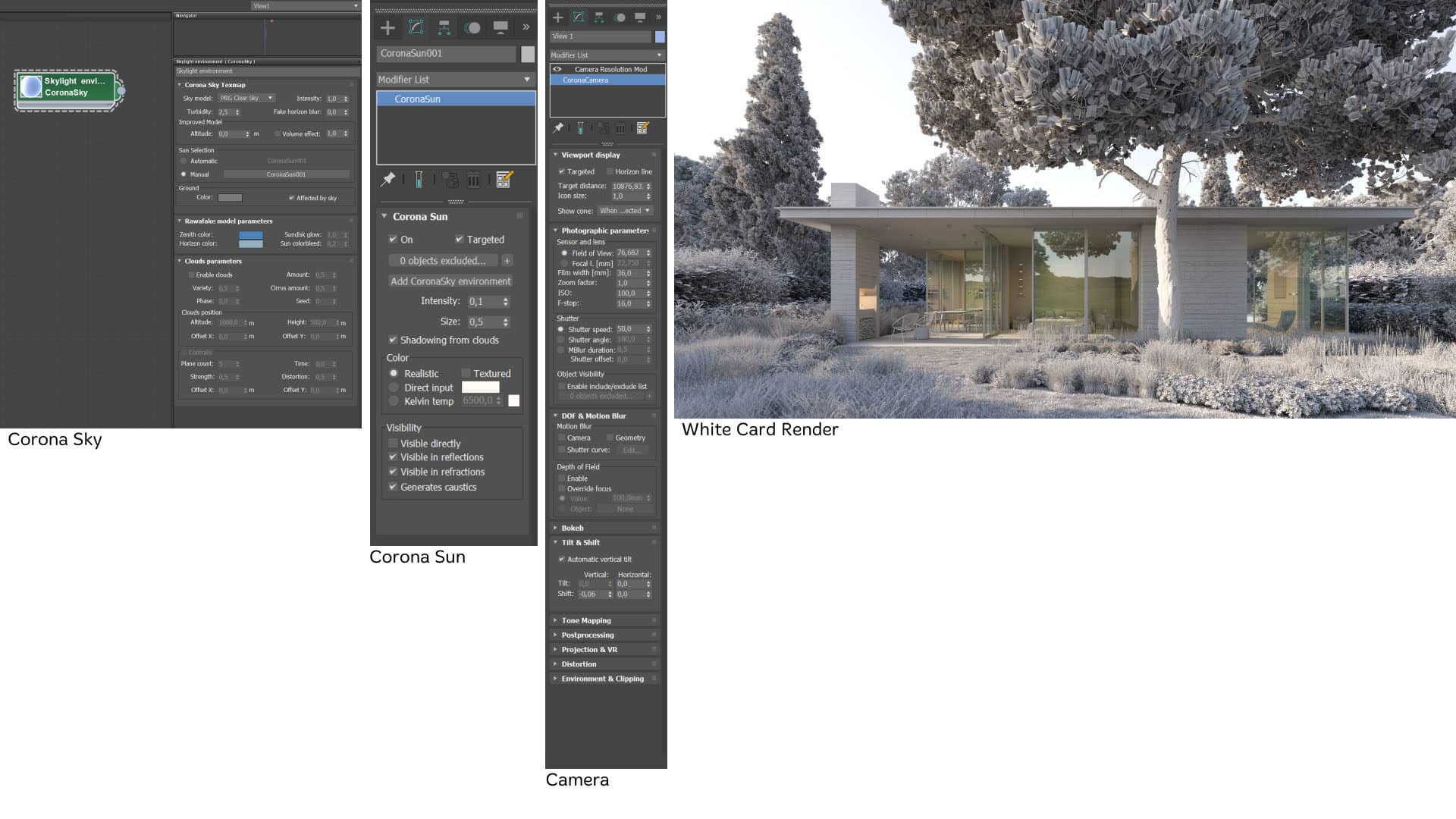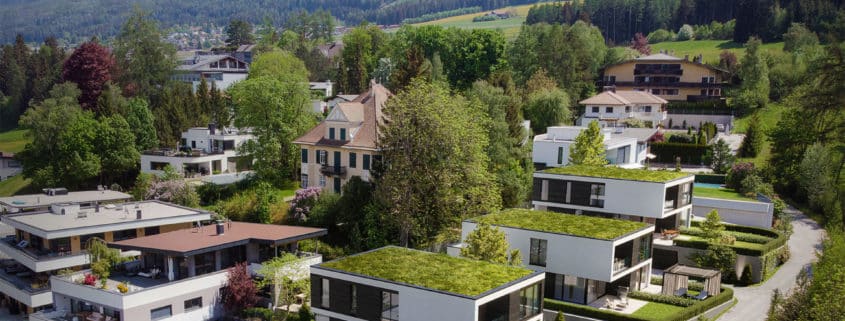The 2023 ArchViz BlackFriday
/1 Comment/in ArchVIZ Biz, From The Web, News ai FStormRender, Photoshop /by Ronen BekermanNews / Promotion
The 2023 ArchViz BlackFriday!
The annual ArchViz BlackFriday to CyberMonday promotion is underway with 17 Partners early to start this time around. Many more to join in leading up to the official Black Friday date – November 24th. Expect up to 50% Discounts on software, content and training going on well into (3)December.
Reading time: 1 min 15 sec
Visit the special landing page prepared this year to showcase all the great deals you can grab immediately!
Check deals that have already started by :
- Globe Plants – 40% off on all of their plants.
- AXYZ Anima (now part of Chaos) – Up to 50% off based on spending on ANIMA, content, and wallet purchases.
- iToo Software Forest Pack, RailClone, and more! – Check specific discounts on their website.
Globe Plants
Featuring Globe Plants front and center this year, they made big strides to support as many platforms and formats! Believe in the fusion of art and technology, they have a vision to provide the most lifelike, detailed, and scientifically accurate 3D plant models, bridging the gap between virtual and real-world landscapes.
With over 15 years of professional Architecture Visualization and Landscape Design experience using GrowFX, Globe Plants team combine those years of experience to produce the highest possible quality of 3D digital plants and trees to almost indistinguishable to real life.
Globe Plants 3D foliage models will guarantee to accommodate for highest level of production.
Table of Contents
AXYZ Anima ALL
Bring your interior renderings to life with new 4D models of people in everyday household tasks. These photorealistic human characters are designed with advanced scanning technology, making them the perfect complement to your digital scenes, animations and visualizations. With AXYZ 4D people, you can easily incorporate a level of realism and emotion that truly enhances your projects. Whether you are a filmmaker, game developer, or designer, AXYZ 4D personas offer unmatched quality and versatility to help you achieve your creative vision.
Stay tuned for more...
More deals open up towards Friday the 24th so keep an eye on the promo page at – https://blackfriday.ronenbekerman.com/





